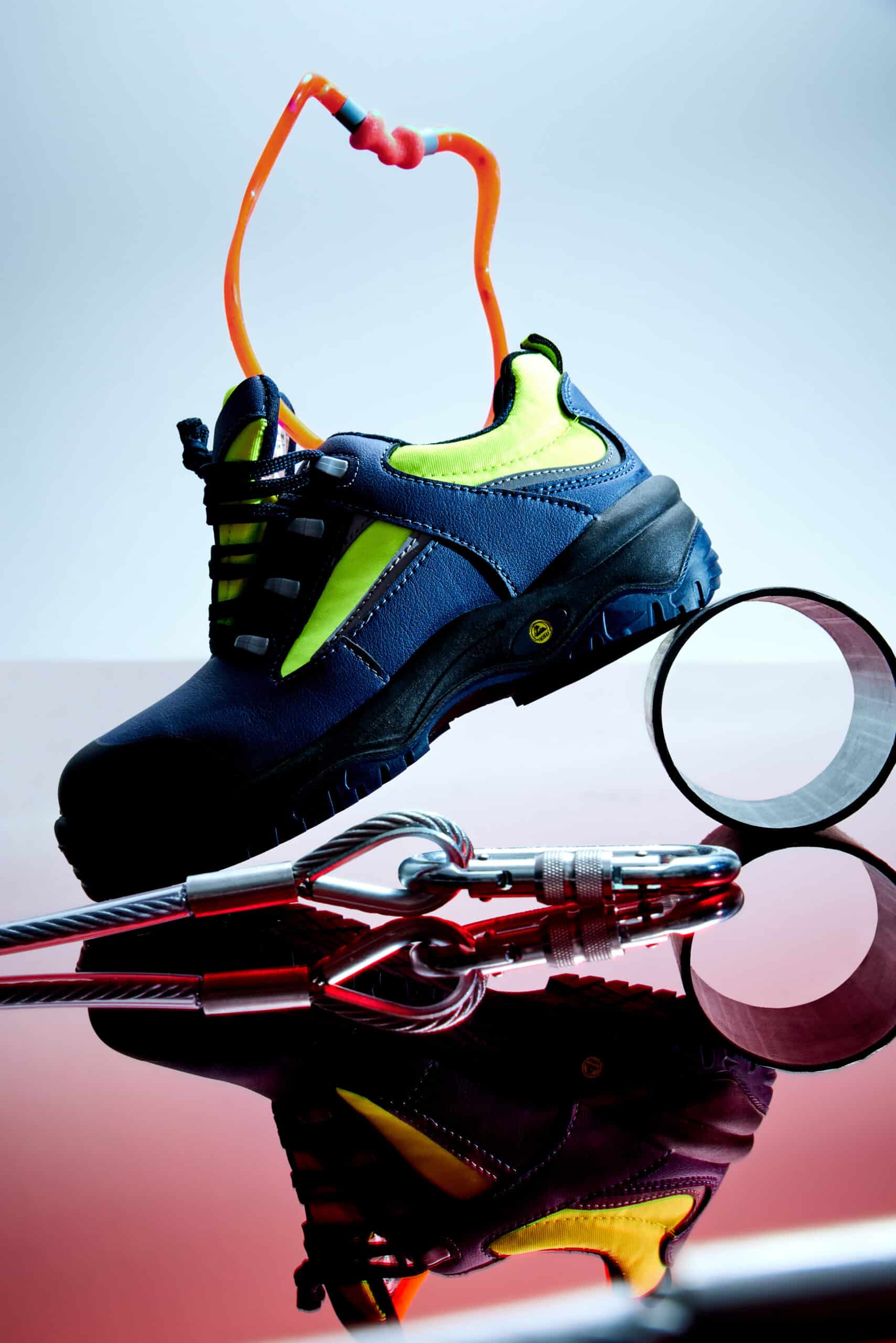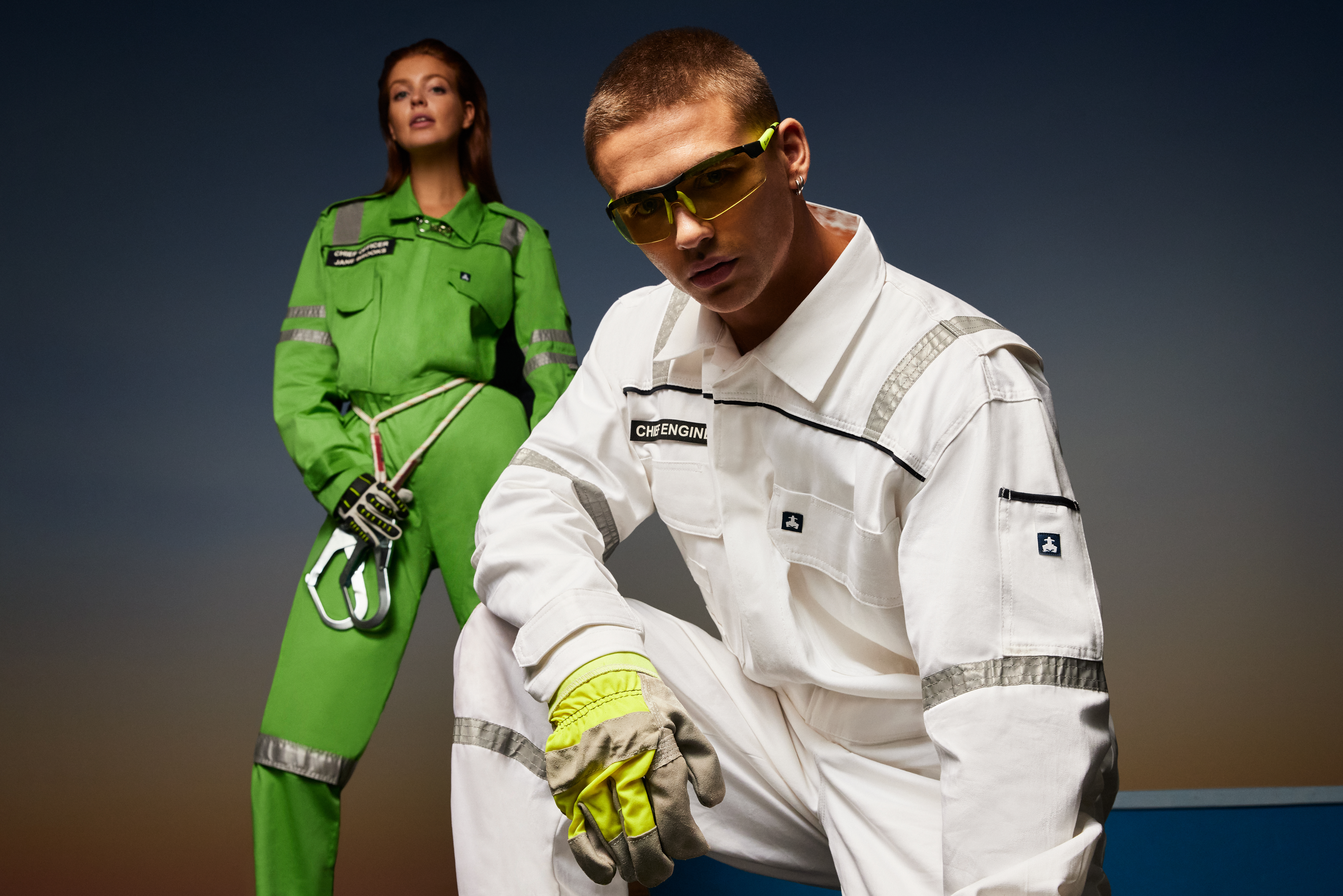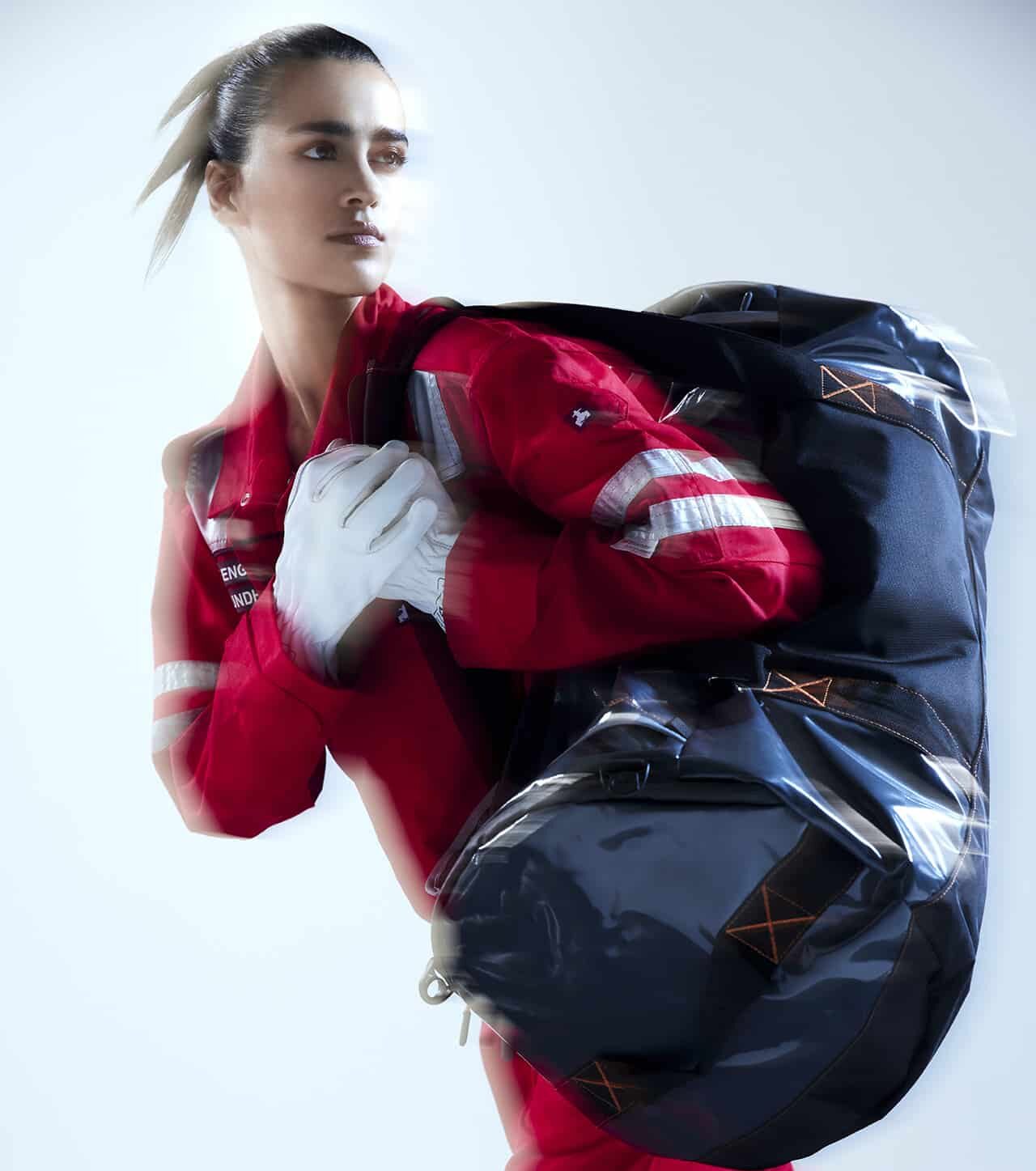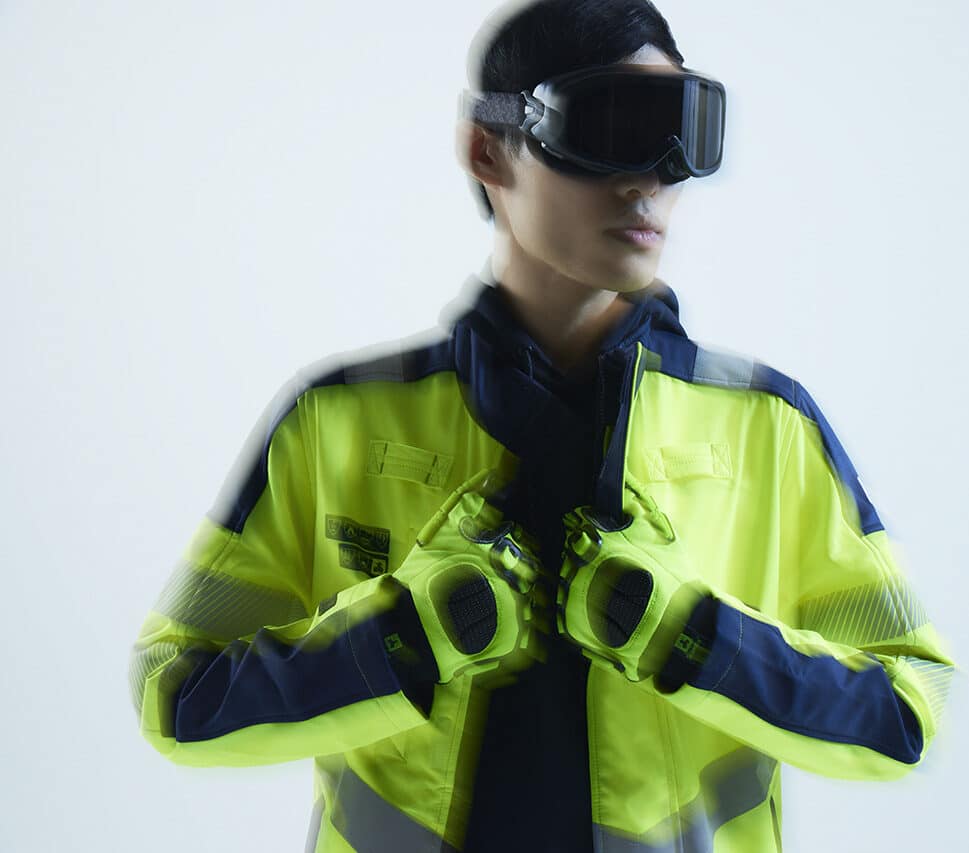Filter
Availability
Category
Color
Price
Features
Norms and standards
Personal Protective Equipment
The importance of Personal Protective Equipment
PPE is not just a mere requirement but rather an essential aspect of workplace safety. It serves as the last line of defense against occupational injuries, illnesses, and fatalities. When combined with other control measures, PPE can significantly enhance workplace safety and health. The benefits of PPE are numerous and far-reaching, from preventing unnecessary injuries and chemical exposure to controlling the spread of infectious diseases and ensuring regulatory compliance.
The 4 Basic Types
A hazard assessment can help identify which specific equipment will be required. But the following is basic equipment that can help protect employees almost anywhere and anytime:
Face and Eye Protection
Eye protection in the maritime and offshore sector often includes safety goggles and face shields and is essential for tasks that can cause eye damage or loss of vision, such as exposure to toxic liquids, splashes, and burns.
Safety Tips:
- Ensure safety glasses comply with the appropriate standard for your job.
- Check lenses for any cracks or deformities.
- Ensure the strap is in good working condition and firmly sealed to the cheek and forehead.
- Clean and disinfect after use to prevent the spread of bacteria or viruses.
Respiratory Protection
PPE for respiratory protection includes masks and respirators like N95 masks, surgical masks, gas masks, full-face respirators, and self-contained breathing apparatuses. They are necessary for tasks that involve harmful materials that can be inhaled, such as chemicals, sprays, and viruses.
Safety Tips:
- Before using any respiratory protective equipment, ensure it is fit-tested and that the employee has undergone proper training.
- Carefully read the instructions to determine if the equipment is designed to protect against the specific hazards you may face.
- Frequent filter changes are necessary for half-mask respirators or full-mask respirators.
- Disposable respirators should be replaced after each use.
Hearing Protection
Personal Protective Equipment for hearing protection typically includes ear muffs and ear plugs. Crucial equipment for tasks that can cause hearing problems or loss of hearing due to exposure to extreme noise levels.
Safety tips:
- Ensure that the ear protection equipment fits the ear canal perfectly to provide adequate protection.
- It is recommended to use formable earplugs that can fit different sizes of ear canals for better comfort and protection.
- Choose protectors that reduce noise exposure to an acceptable level to allow for communication and situational awareness.
- Regularly clean and inspect earplugs to ensure they are in good condition and provide the expected level of protection.
Skin and Body Protection
PPE is categorized into head, body, hand, foot, and fall protection to prevent physical hazards. Hard hats and headgear protect the head from falling objects. Safety vests and suits shield the body from extreme temperatures, flames, chemicals, insects, or radiation. Safety gloves safeguard against burns, absorption of harmful substances, cuts, fractures, or amputations. Knee pads and safety boots protect feet and legs from falling objects, hot substances, electricity, or slippery surfaces. Safety harnesses and lanyards provide fall protection for tasks involving working at heights.
Safety tips:
- Ensure that the PPE fits properly and is comfortable to wear.
- Regularly inspect the PPE for any damages or wear and tear.
- Clean and maintain the PPE according to manufacturer’s instructions.
- Replace the PPE if it is damaged, worn out, or has exceeded its expiry date.
- Train employees on how to properly use and care for their PPE.
Regulations and standards
Every industry has strict regulations and standards for personal protective equipment to ensure worker safety. Compliance with these regulations is mandatory, covering the design, testing, certification, and use of PPE. Coveralls, gloves, footwear, helmets, and life jackets are among the typical PPE requirements for this industry. Make sure to do good research!
How to choose the right PPE :
When selecting the personal protective equipment you need, it’s important to evaluate job hazards and regulatory requirements. Take into account the materials and design of the PPE, as well as any necessary certifications or testing. Proper fit and comfort are also essential for PPE to be effective. Consulting with industry experts and suppliers can ensure that the selected PPE meets all necessary requirements and standards.
Maintenance and inspection
Regular maintenance and inspection of personal protective equipment is essential for ensuring its effectiveness and lifespan. Some general rules for maintaining and inspecting PPE in the maritime and offshore sector include following the manufacturer’s instructions for care and use, cleaning and inspecting PPE after each use, storing PPE in a clean and dry location, checking for signs of wear and tear before each use, and replacing any damaged or expired PPE immediately.

Do you need advice?
Don’t hesitate to contact us!
Send an email
inquiries@scandiagear.com










